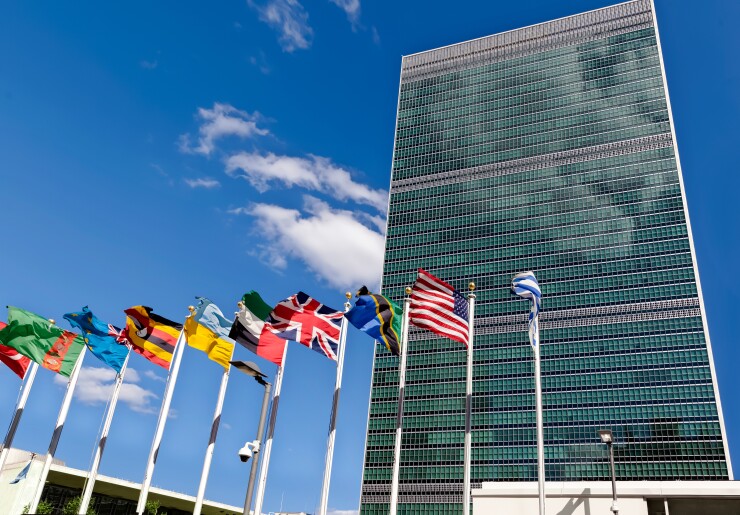The Association of International Certified Professional Accountants has released a guide to how management accountants can help their organizations fulfill the United Nations’ Sustainable Development Goals.
The UN developed 17 Sustainable Development Goals, or SDGs, together with 169 related targets, to address issues such as poverty, hunger, health, education, climate change, gender equality, sanitation, energy, water, environmental and social justice. The new guide for Chartered Global Management Accountants, “
The guide discusses how the skills and ethics of management accountants can place them at the forefront of planning and implementation of the sustainable development goals around the globe. Management accountants can help organizations develop new programs, call attention to potential risks and propose alternative courses of action. They can also encourage companies to innovate more, pursue best practices in governance and stewardship, spearhead the formation of strategic partnerships, and help organizations base their corporate reports on the six “capitals” of integrated reporting: human, social and relationship, intellectual, natural, manufacturing and financial.
“Chartered Global Management Accountants are committed to upholding the highest standards of ethical conduct and are well-suited to help organizations deliver the United Nations’ Sustainable Development Goals,” said chief executive of management accounting Andrew Harding in a statement. “As these goals gain traction, the skillset of CGMAs, which includes expertise in governance, risk management and control, business analysis and decision support, among other things, will become increasingly desirable and valuable.”
The guide gives examples of how entities in various sectors and regions are meeting the UN’s sustainable development requirements. The document describes some of the tools and methods that companies can use to help them manage potential risks to their reputation and respond to globalization, digitization and policy changes.
The guide also discusses the





